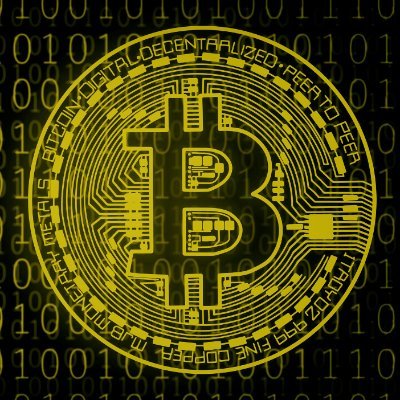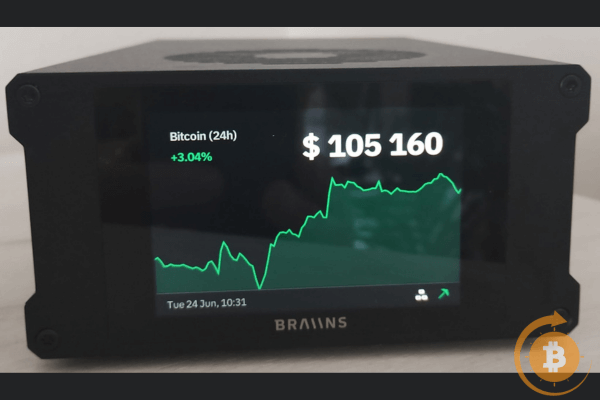A Simple Guide to Bitcoin

Content Map
1. Introduction – Why this currency is important for all.
2. Bitcoin Basics – What this digital money is.
3. Key Terms Explained – Easy words to know.
4. Who Created Bitcoin? – The story of Satoshi Nakamoto.
5. How Digital Currency Works – A clear look at blockchain.
6. Why Use This Crypto? – Good points and risks.
7. Getting Started with Bitcoin – How to buy and keep it safe.
8. What’s Next for Crypto? – Future ideas.
9. Beware of Bitcoin Scams! – Tips to stay safe.
This currency has changed money since 2009. It draws in new people and old investors. This digital money skips banks and borders. This guide uses simple words to explain it. It covers basics like “decentralized” and “HODL.” Furthermore, it shows how to keep your funds safe with a wallet like Trezor. Let’s start!
1. Introduction
Think of money that lives online and doesn’t need a bank. That’s Bitcoin! It’s a new way to handle money. This guide shows why this digital currency is important for everyone. It helps you understand and secure your funds with the rule: Not your keys, not your coins!
2. Bitcoin Basics
Bitcoin (BTC) is a digital money you can use to pay, send, or save. It’s not like paper cash. Unlike FIAT money (dollars or euros) from governments, this currency has no boss. It stays in digital wallets online. Only 21 million of this currency will ever exist, which makes it special. In addition, you can buy a small piece, like $5, and join in.
3. Key Terms Explained
This currency has some new words. Here are seven easy ones:
- Decentralized: No one person or bank controls it. Many computers (nodes) work together to keep it safe. It’s like a shared book everyone checks.
- FIAT: Money like dollars or euros, made by governments. They can print more, so it might lose value. This currency is different with a set amount.
- HODL: A funny mistake from 2013 meaning “hold.” It’s about keeping it even if the price drops. Example: “I HODL my BTC for later!”
- Seed Phrase: A list of 12–24 words to get your wallet back. Keep it secret and safe, or you lose your funds. Write it down at least on paper to keep it safe. Paper can get destroyed, so the safest option is metal storage. Learn more here: Trezor Metal Storage!
- Blockchain: A public list of all moves, like a shared notebook on many computers. It keeps things safe.
- Mining: Computers solve easy puzzles to check transactions and add them to the list. Miners get new Bitcoins as a prize.
- Wallet AddressA unique code used to receive Bitcoin, like an email address for money. You can share it safely with others to get paid. For privacy, your wallet creates a new address each time you receive Bitcoin.
4. Who Created Bitcoin?
It began in 2008 with someone called Satoshi Nakamoto. We don’t know who they are—it’s a mystery! Satoshi wrote a paper about money without banks, called the Whitepaper. You can read it here: Bitcoin Whitepaper. In 2009, they started it and later left it to others.
5. How Digital Currency Works
Blockchain Basics
This currency uses blockchain. Here’s how it goes:
- Blockchain: A digital list of all sends, like “Alice gave 0.1 BTC to Bob.” Many computers share it to keep it safe.
- Miners: People use big computers to solve puzzles, checking sends and earning Bitcoins.
- Limited Supply: Only 21 million will be mined. By June 2025, over 19.8 million are mined, making it rare. By 2030, more than 20.9 million will be mined, showing its growing scarcity.
- Sending: Miners check your send, and it goes on the list—fast and often cheap.
6. Why Use This Crypto?
It has good points but also risks:
- No Middleman: Send it worldwide with low fees. Example: Paying a friend abroad is cheaper.
- Your Control: No government can take it, good for risky places. But: Not your keys, not your coins! You must keep it safe.
- Investment: It grew from almost nothing to thousands by 2025. Some see it as future money.
- Risks: Prices can drop fast, and scams happen. Only use money you can lose.
7. Getting Started with Bitcoin
Want it? Do it safely:
- Get a Wallet: A wallet keeps your funds. Phone wallets and software on your computer are easy, but they are risky online. Hardware wallets like Trezor are the best—they keep it offline.
- Buy: You can use crypto exchanges, but they need ID, which may risk data leaks. For privacy, try Bitcoin ATMs or other options.
- Secure It: Your wallet gives a seed phrase (words to recover it). Write it down at least on paper to keep it safe. Paper can get destroyed, so the safest option is metal storage. Learn more here: Trezor Metal Storage!
8. What’s Next for Crypto?
It might become the next big money or digital gold. Some companies buy it, a few countries think about using it, and many regular people today buy BTC. It uses a lot of power, but over half now comes from green sources like water or wind. Sends can be slow on the main network (about 7 transactions per second), but it runs 24 hours a day, 7 days a week. People are working on solutions to speed it up. Start small and stay safe.
9. Beware of Bitcoin Scams!
Scammers love it. Stay safe:
- Hide Seed Phrase: Never save it online, don’t take a photo or show it to anyone. Write it on paper or into metal and hide it.
- Don’t Share: No one should ask for your seed phrase.
- Avoid PC Help: Don’t let strangers use your computer.
- Check Sites: Use real apps and links.
- Spot Fakes: “Free Bitcoin” is a trick. Check everything.
Disclaimer: This is risky. Do your own research (DYOR) before buying. Personal views, not financial advice!



